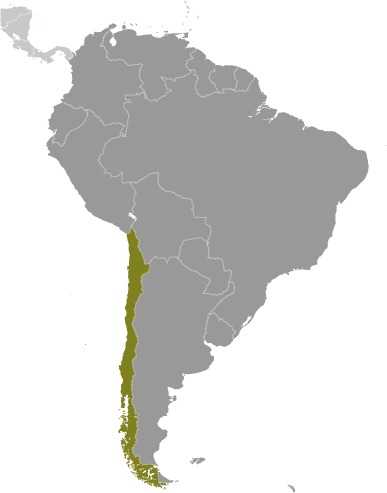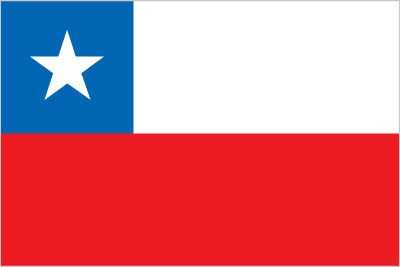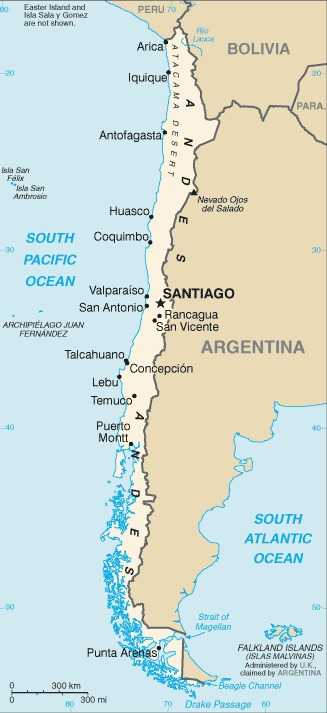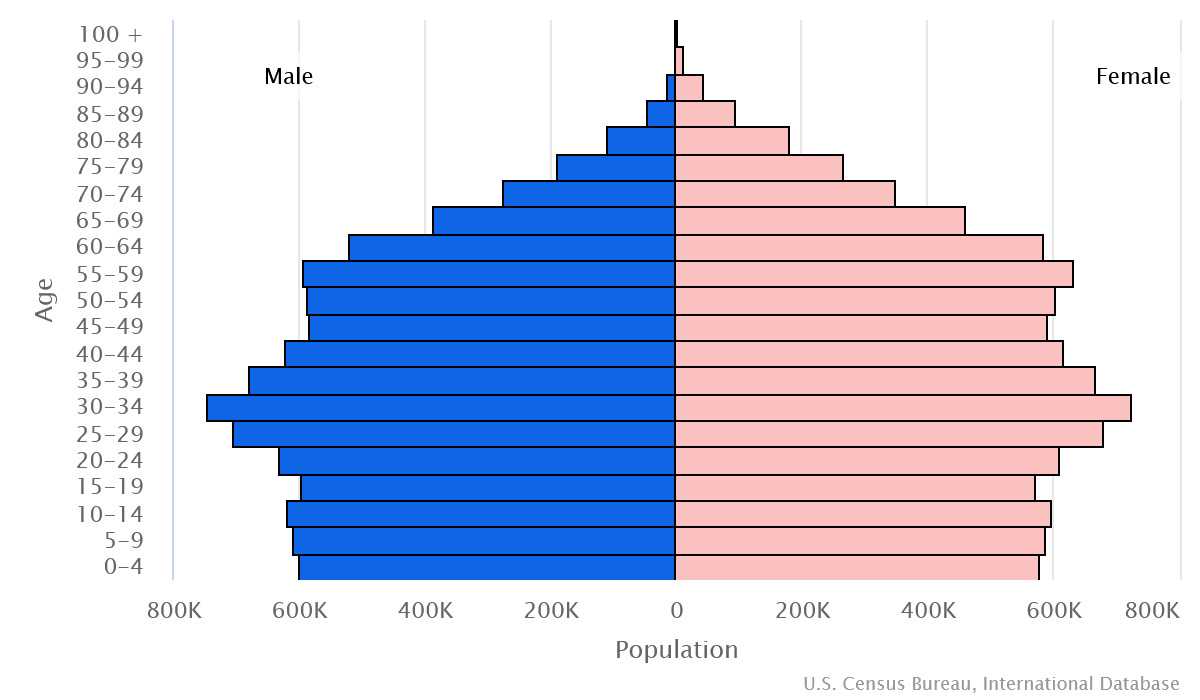Introduction
Background
Prior to the arrival of the Spanish in the 16th century, the Inca ruled northern Chile for nearly a century, and an indigenous people, the Mapuche, inhabited central and southern Chile. Chile declared its independence in 1810 but did not achieve decisive victory over the Spanish until 1818. Chile has increasingly assumed regional and international leadership roles befitting its status as a stable, democratic nation.
Geography
Area
total : 756,102 sq km
land: 743,812 sq km
water: 12,290 sq km
Climate
temperate; desert in north; Mediterranean in central region; cool and damp in south
Natural resources
copper, timber, iron ore, nitrates, precious metals, molybdenum, hydropower
People and Society
Population
total: 18,664,652
Ethnic groups
White and non-Indigenous 88.9%, Mapuche 9.1%, Aymara 0.7%, other Indigenous groups 1% (includes Rapa Nui, Likan Antai, Quechua, Colla, Diaguita, Kawesqar, Yagan or Yamana), unspecified 0.3% (2012 est.)
Languages
Spanish 99.5% (official), English 10.2%, Indigenous 1% (includes Mapudungun, Aymara, Quechua, Rapa Nui), other 2.3%, unspecified 0.2%; note - shares sum to more than 100% because some respondents gave more than one answer on the census (2012 est.)
Religions
Roman Catholic 42%, Evangelical 14%, other 6%, none 37% (2021 est.)
Population growth rate
0.61% (2024 est.)
Government
Government type
presidential republic
Capital
name: Santiago; note - Valparaiso is the seat of the national legislature
Executive branch
chief of state: President Gabriel BORIC (since 11 March 2022)
head of government: President Gabriel BORIC (since 11 March 2022)
Legislative branch
description: bicameral National Congress or Congreso Nacional consists of:
Senate or Senado (50 seats); members directly elected in multi-seat constituencies by open party-list proportional representation vote to serve 8-year terms with one-half of the membership renewed every 4 years)
Chamber of Deputies or Camara de Diputados (155 seats; members directly elected in multi-seat constituencies by open party-list proportional representation vote to serve 4-year terms)
Economy
Economic overview
export-driven economy; leading copper producer; though hit by COVID-19, fairly quick rebound from increased liquidity and rapid vaccine rollouts; decreasing poverty but still lingering inequality; public debt rising but still manageable; recent political violence has had negative economic consequences
Real GDP (purchasing power parity)
$579.201 billion (2023 est.)
$577.937 billion (2022 est.)
$566.279 billion (2021 est.)
Real GDP per capita
$29,500 (2023 est.)
$29,500 (2022 est.)
$29,100 (2021 est.)
Agricultural products
grapes, milk, apples, wheat, potatoes, chicken, tomatoes, sugar beets, maize, oats (2022)
Industries
copper, lithium, other minerals, foodstuffs, fish processing, iron and steel, wood and wood products, transport equipment, cement, textiles
Exports
$104.349 billion (2023 est.)
$107.071 billion (2022 est.)
$100.448 billion (2021 est.)
Exports - partners
China 39%, US 14%, Japan 8%, South Korea 6%, Brazil 5% (2022)
Exports - commodities
copper ore, refined copper, carbonates, fish, raw copper (2022)
Imports
$99.808 billion (2023 est.)
$118.941 billion (2022 est.)
$102.637 billion (2021 est.)
Imports - partners
China 26%, US 22%, Brazil 10%, Argentina 5%, Germany 3% (2022)
Imports - commodities
refined petroleum, cars, crude petroleum, garments, trucks (2022)
Exchange rates
Chilean pesos (CLP) per US dollar -
Page last updated: Wednesday, July 24, 2024




